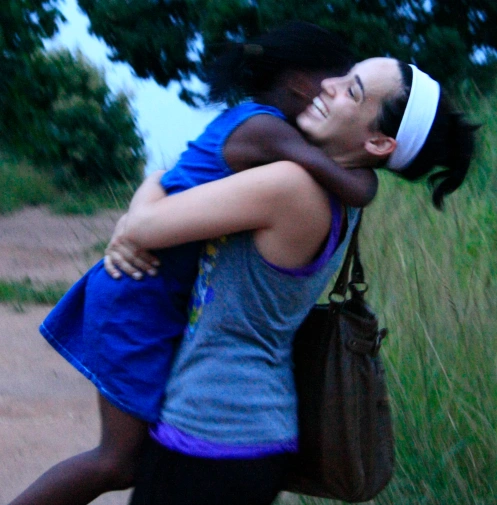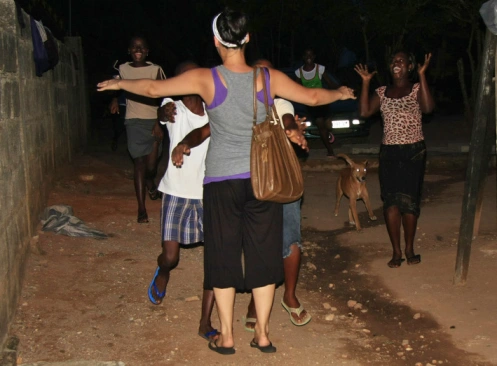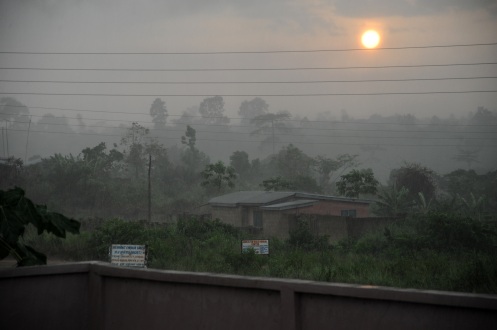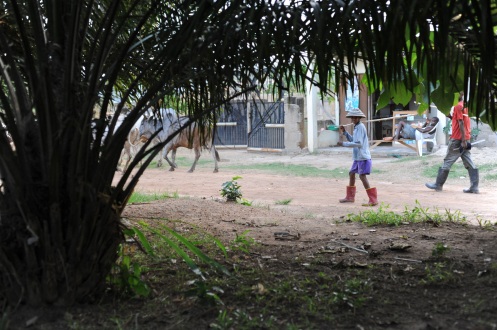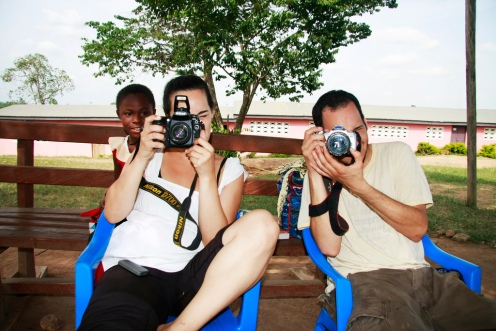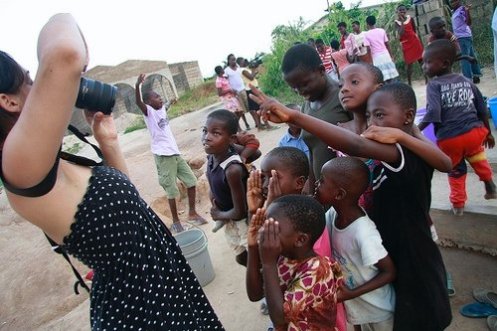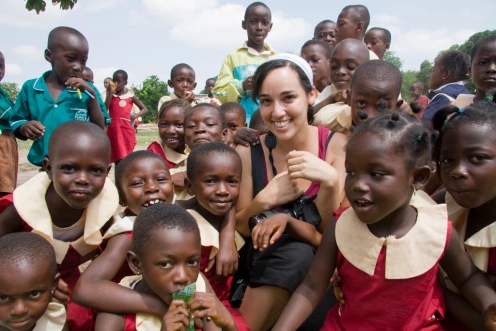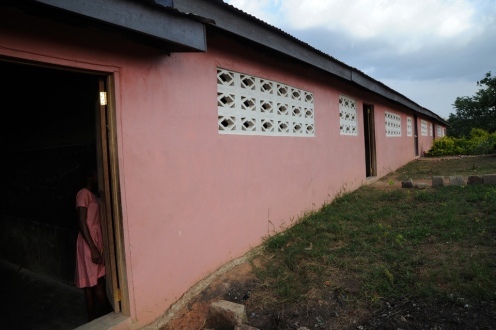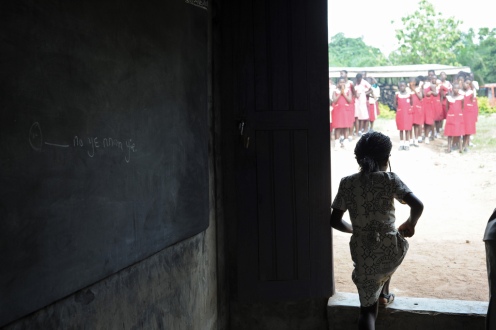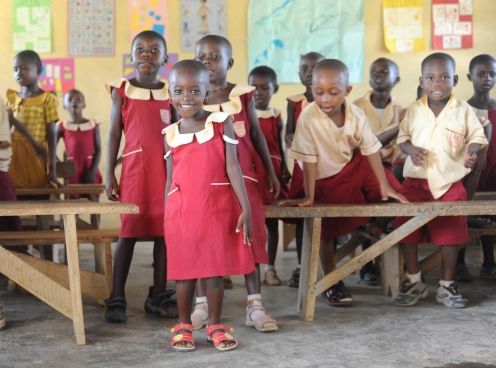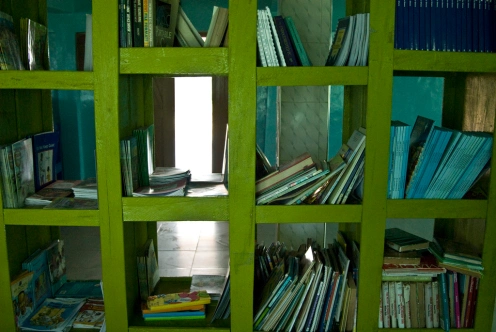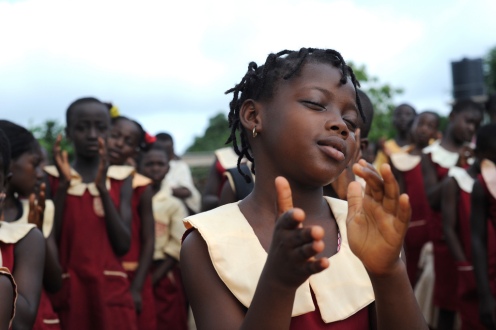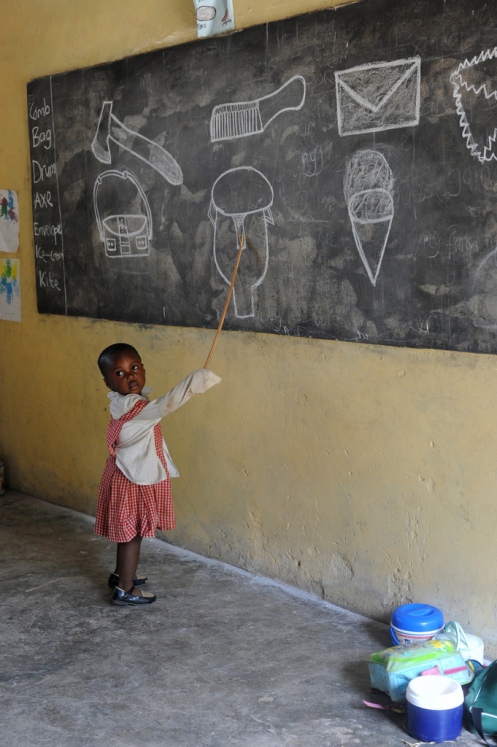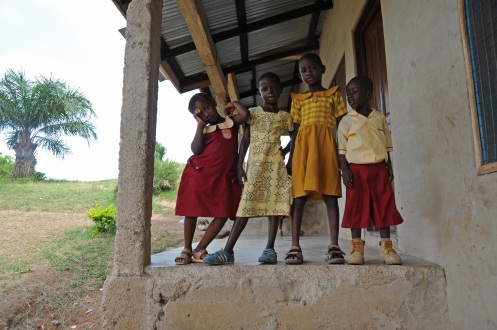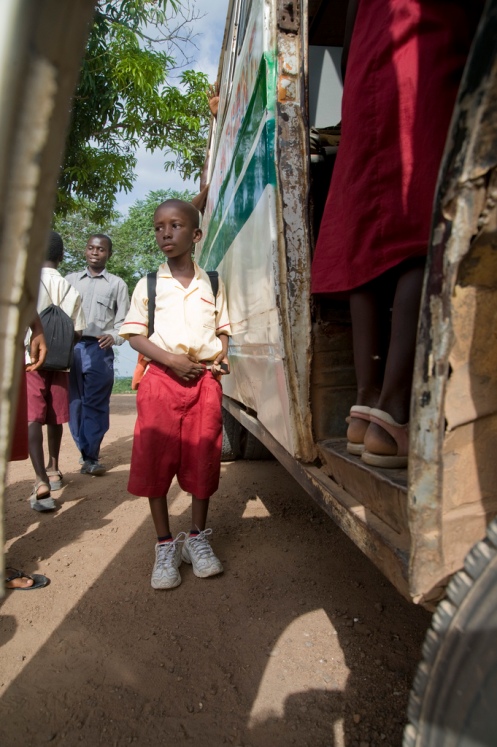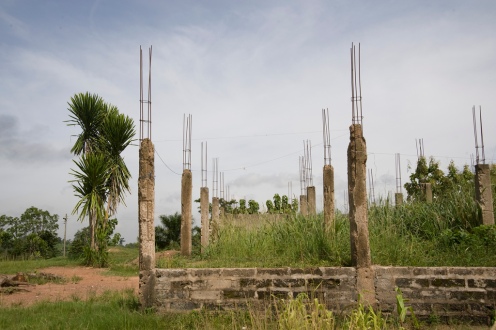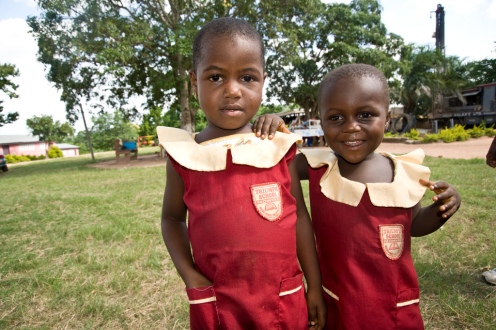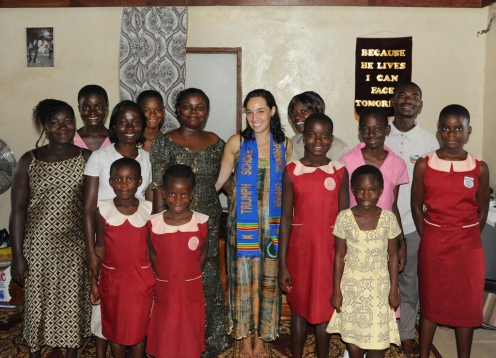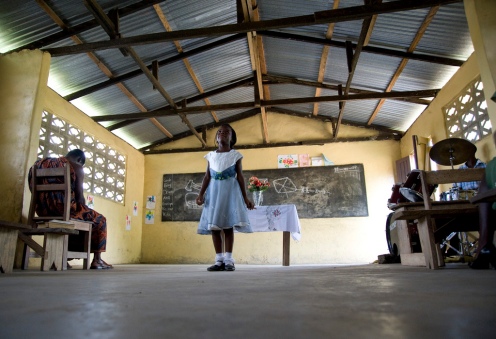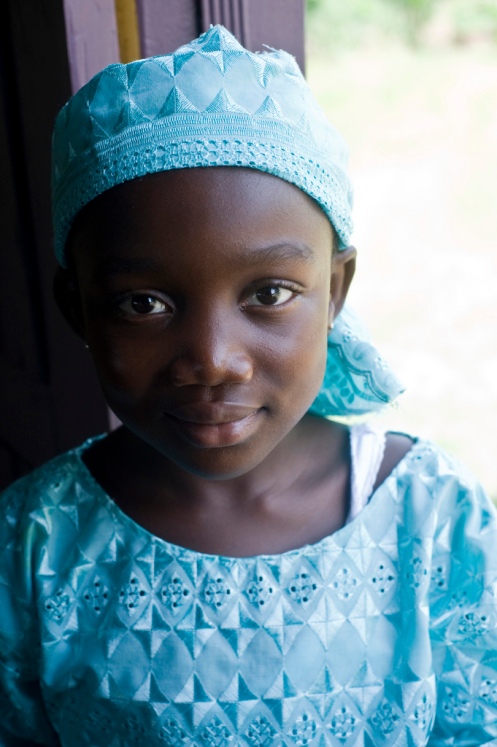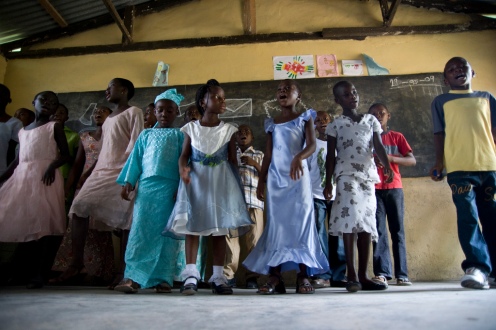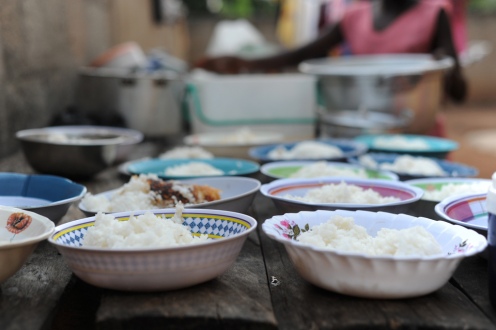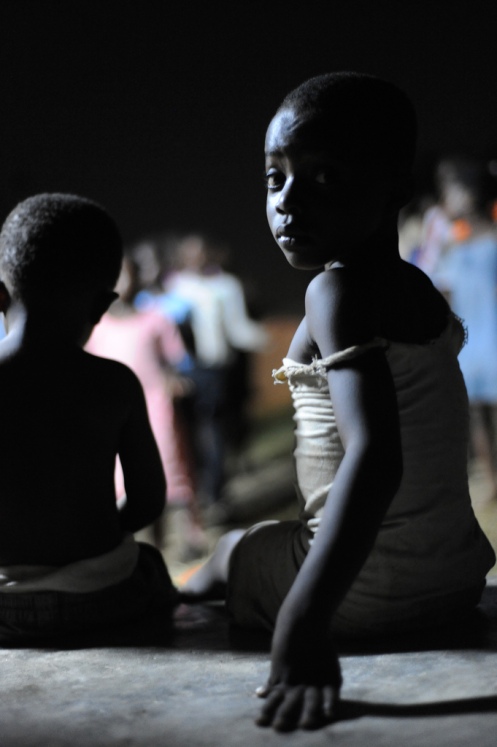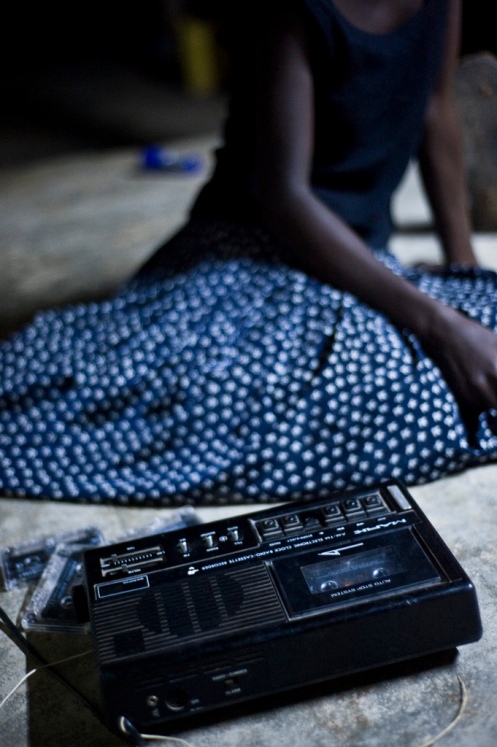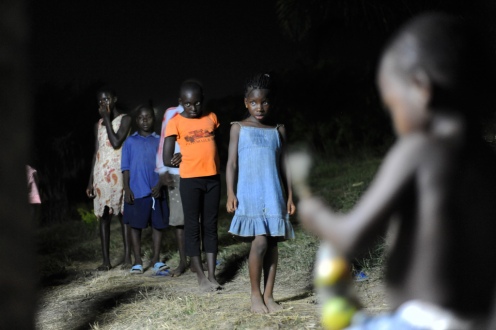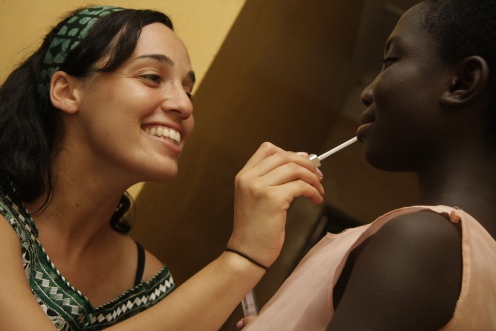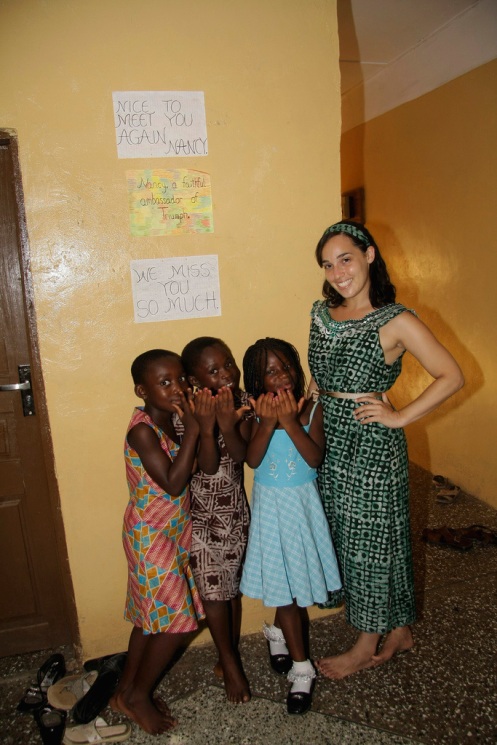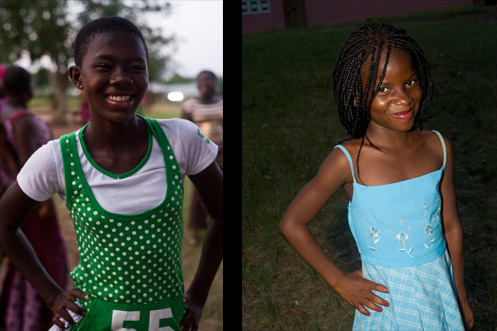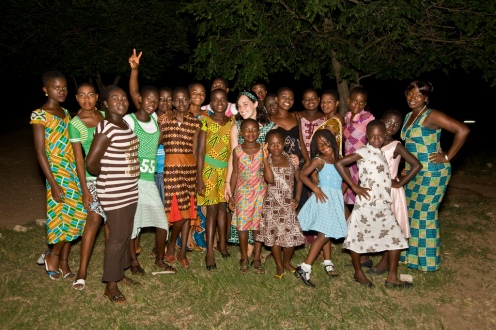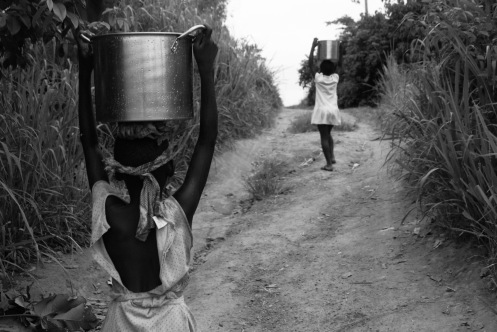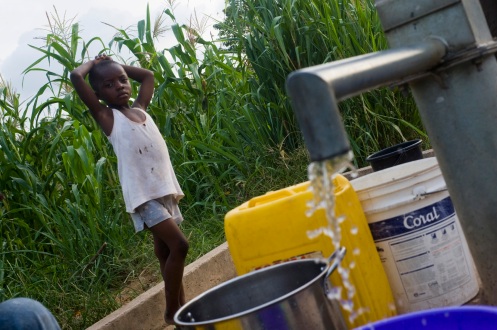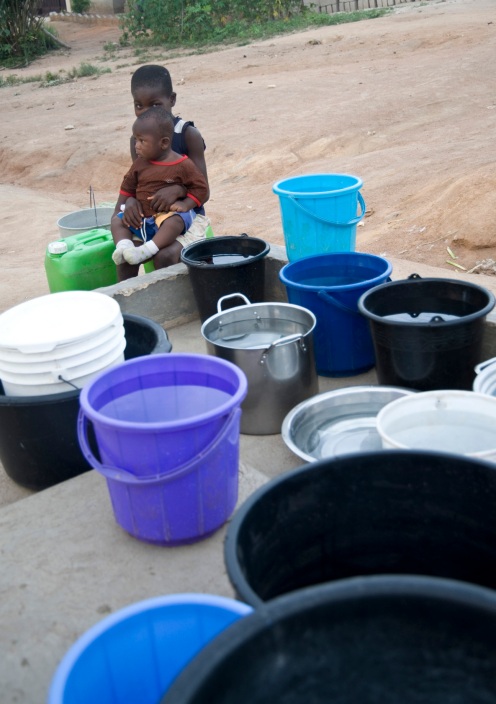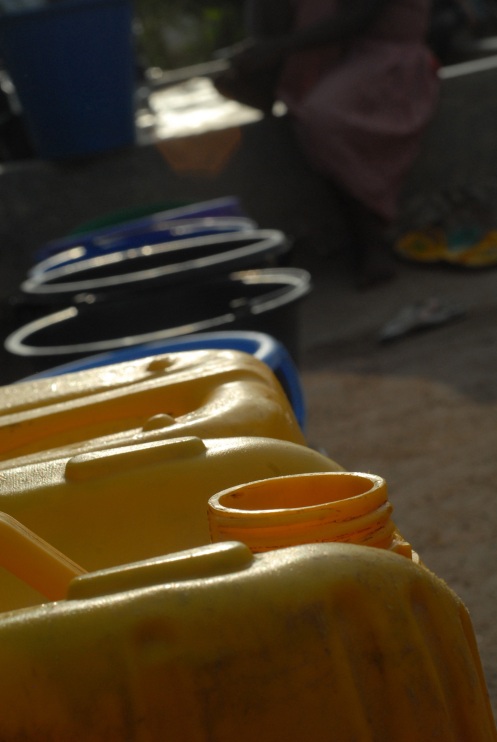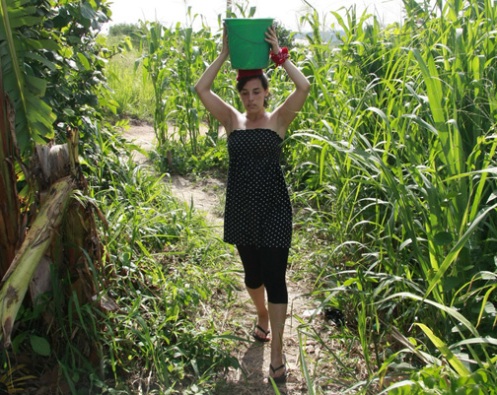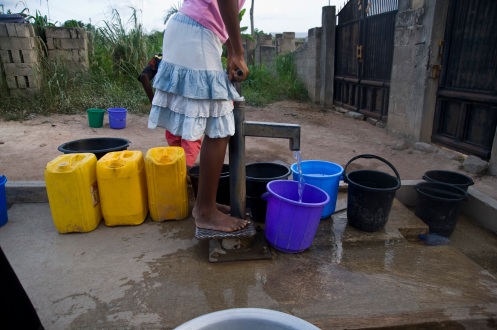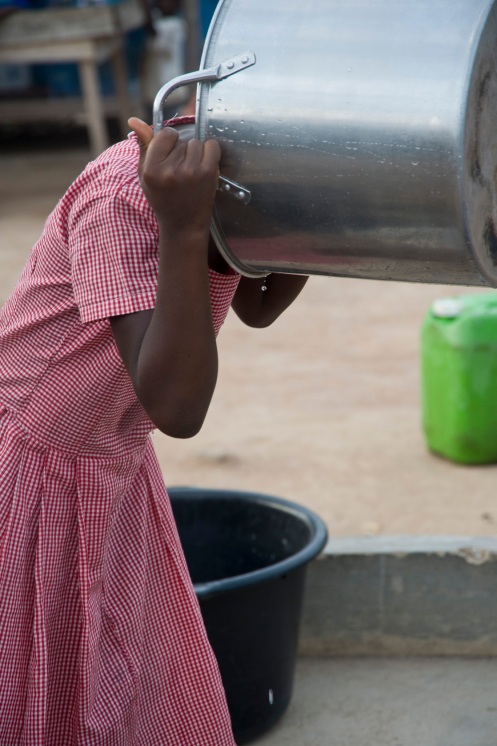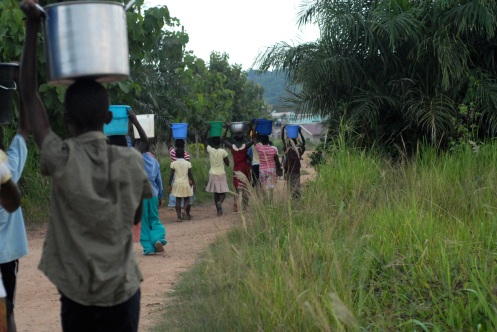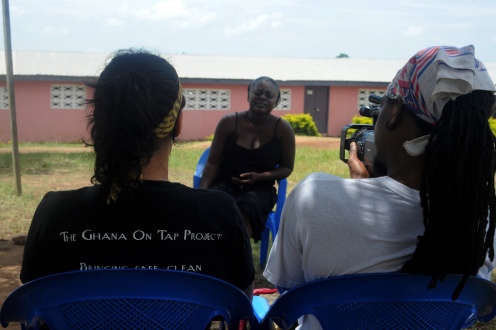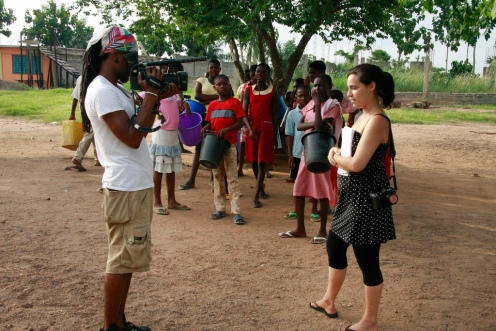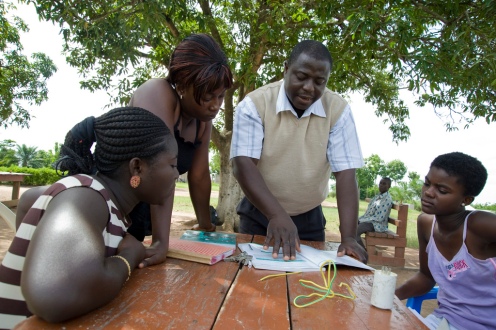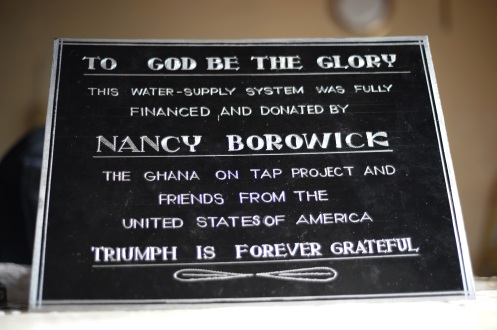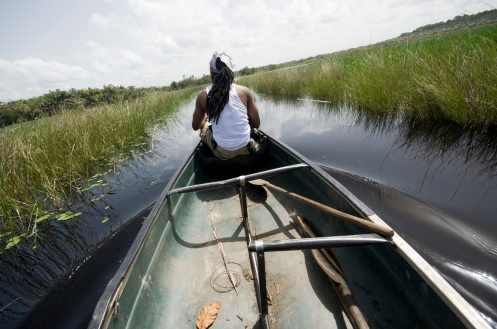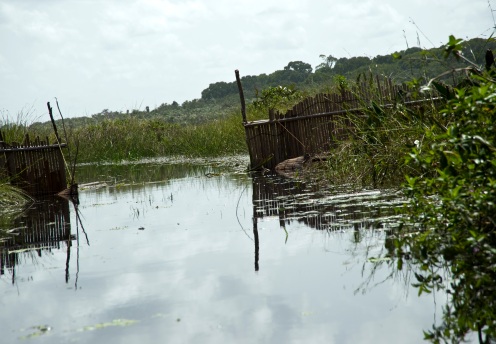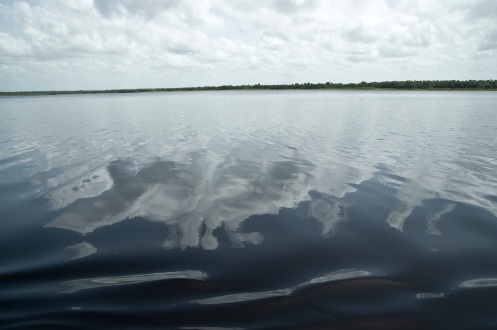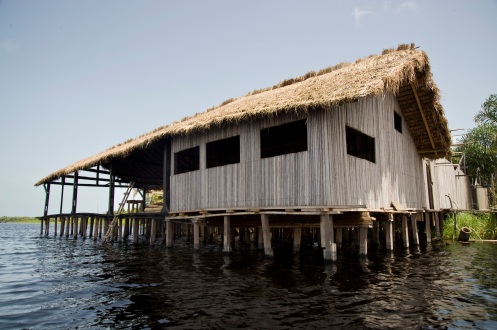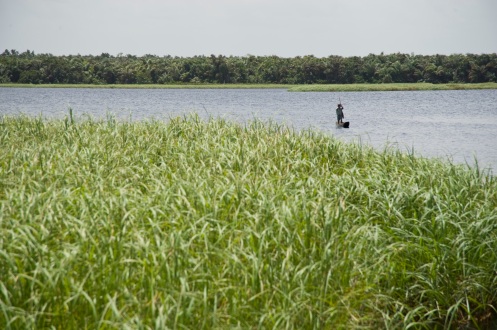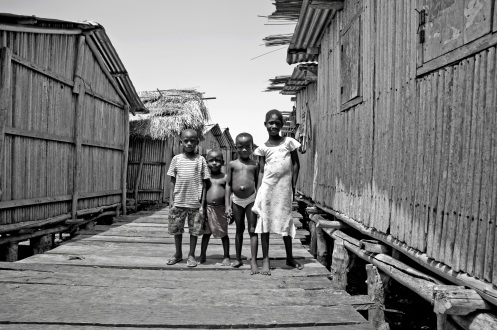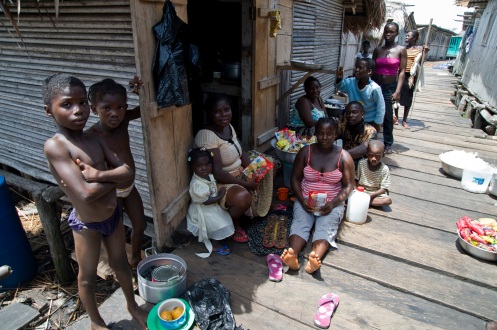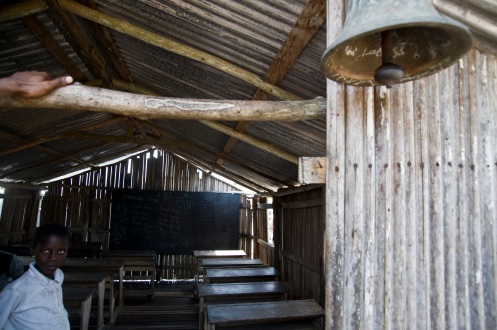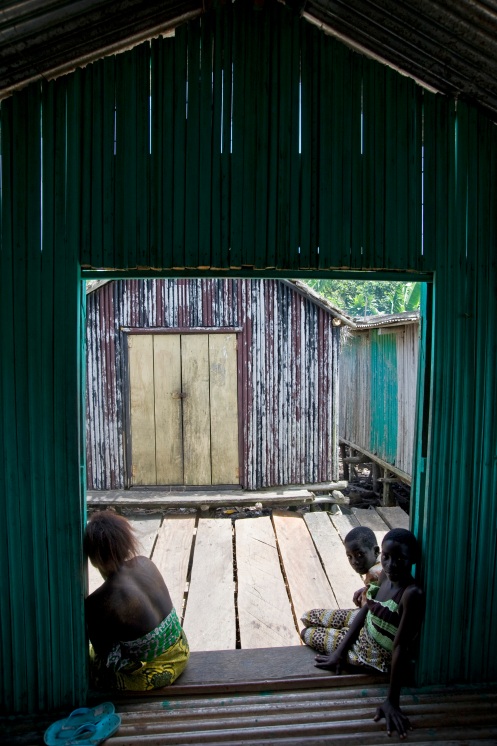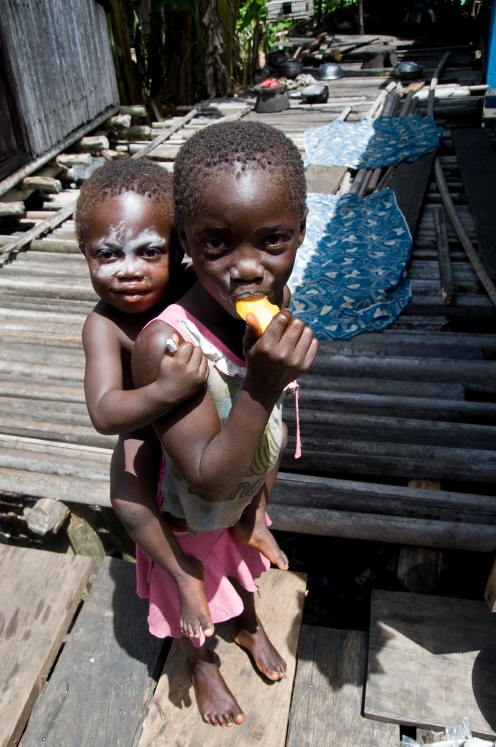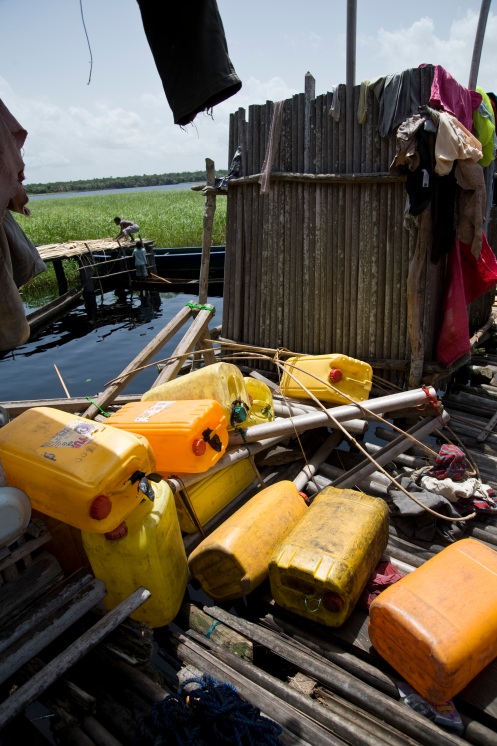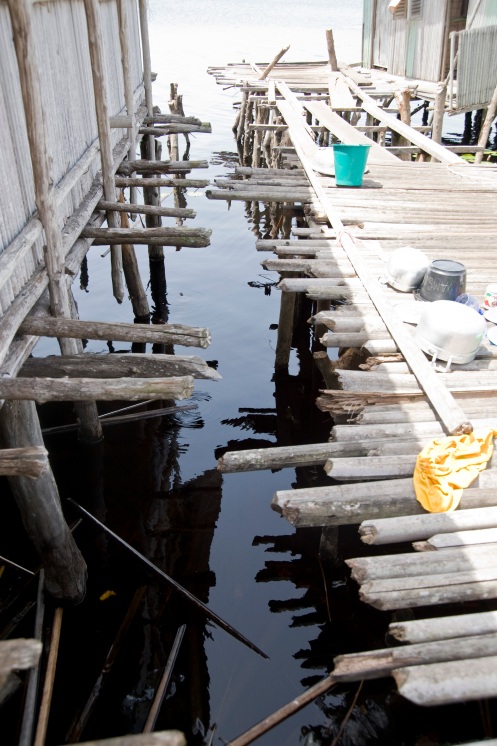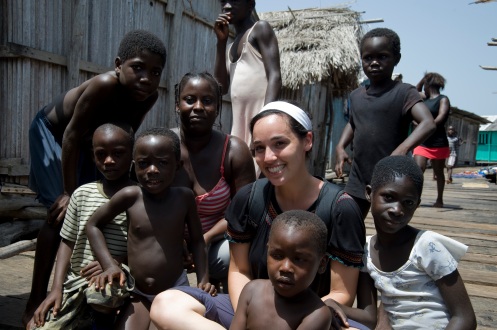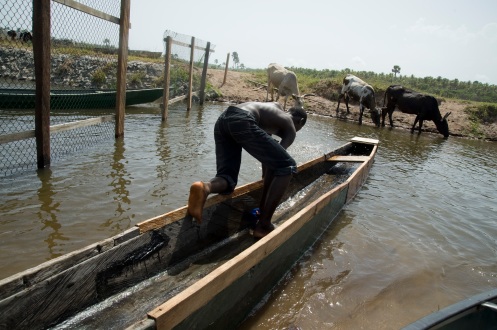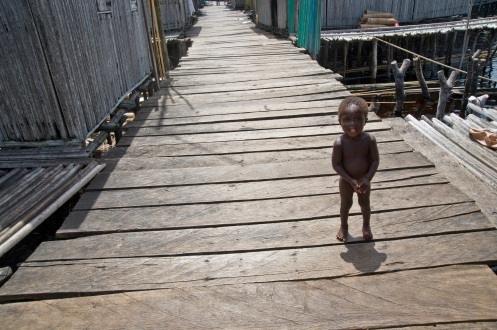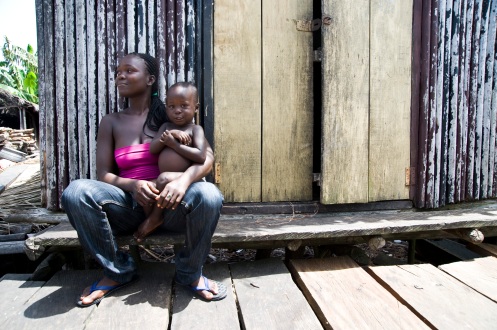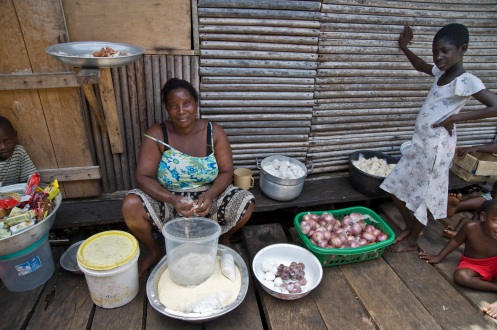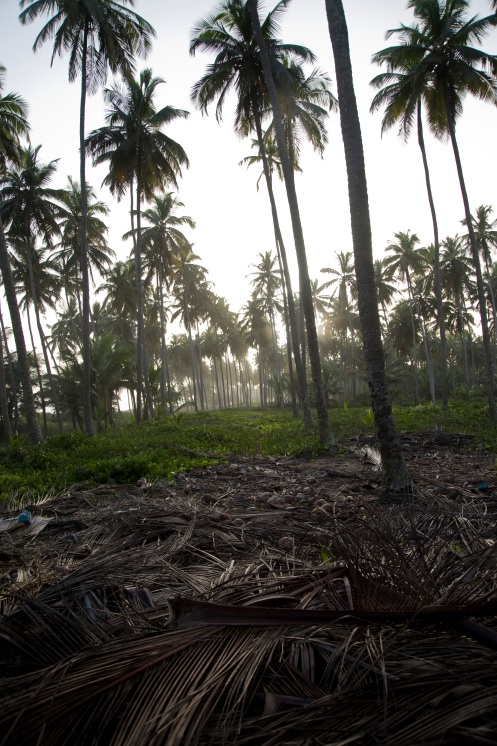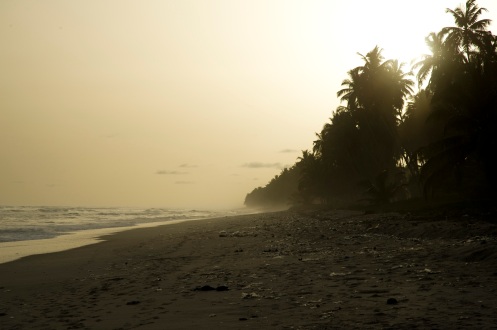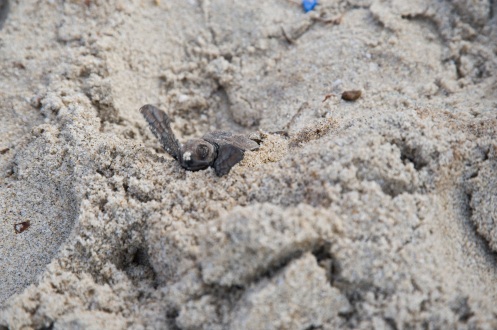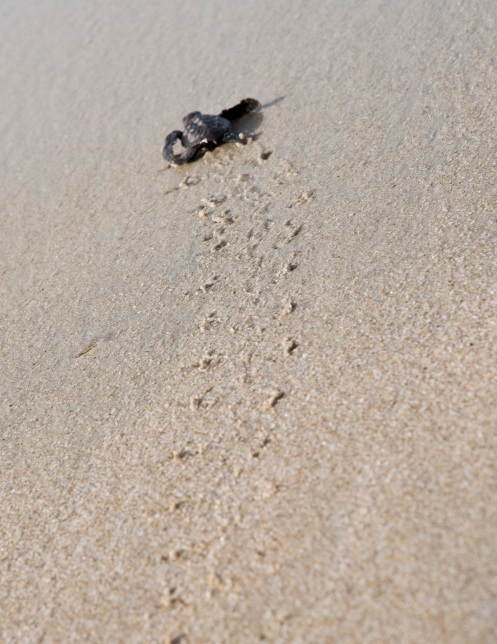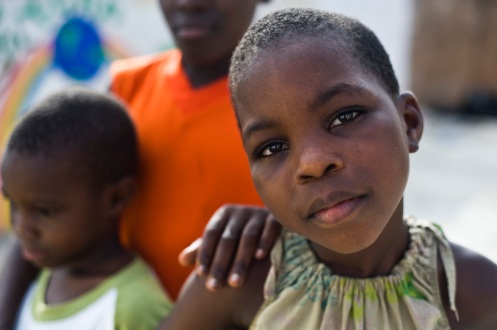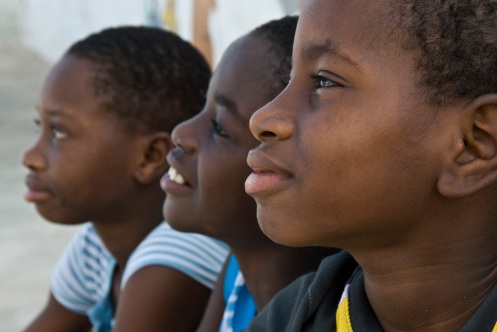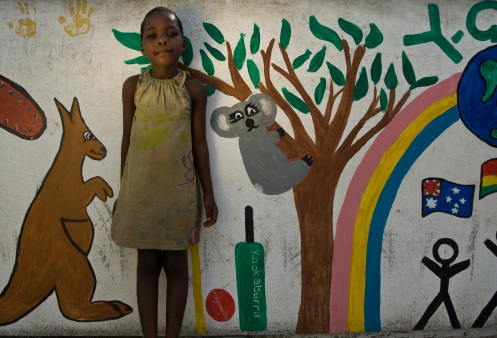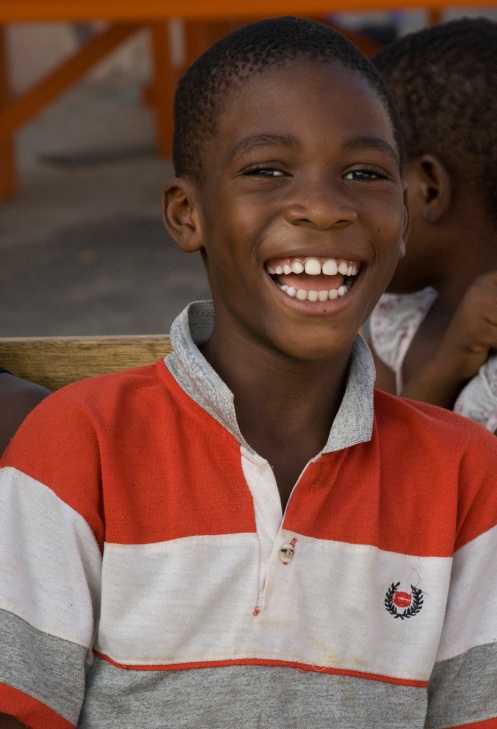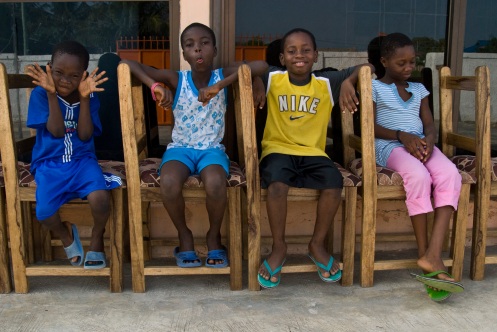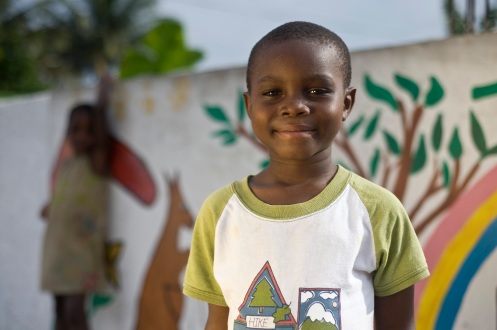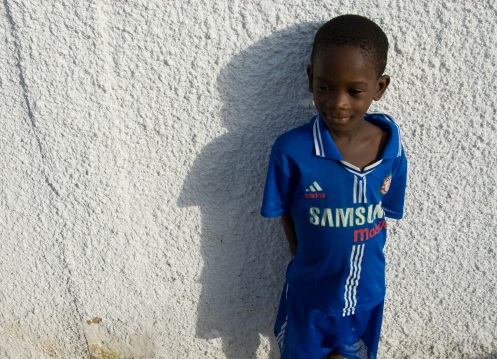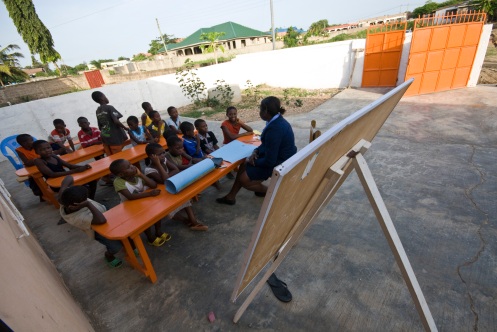Please read the text below, explaining the course of events and the next steps. For a visual understanding, please look through the photos within this blog as well as at the links below.
As most of you know, I recently returned from a month-long trip to Ghana. The purpose of this trip was to oversee the drilling of a well, which I spent the last twelve months planning and fundraising for. Warned by many of the obstacles that I would face conducting business in another part of the world, with both time and financial constraints, I still hoped that it was possible to finish this project and give the gift of clean water to the Triumph International School and Orphanage. Despite my high hopes, though the project is now very close to being finished, unanticipated challenges prevented me from completing the drilling of the well. The last couple of weeks in Ghana have been very stressful and unpredictable, and now that I am back in New York, I’m able to process and communicate the details of my recent trip.
With only two weeks and $6,000 U.S. dollars, I worked to organize a team of contractors, drillers, electricians and plumbers and make this project come to life. One location was chosen, near the center of the school’s property, and the drilling began. After a couple of hours, the drillers believed they had hit water and ended the day early, planning to return the following day to finish the job. They promptly returned the next morning, drilled for the entire day and found that they had guessed wrong – they hit a dry well, and there was no water in that spot. To make matters worse, their machine needed repair and it would be many days (and many negotiation talks) before they would return for a second attempt. In the meantime, we had a professional geologist/civil engineer come to the school and do a “sighting” of the area to find other, more accurate spots to drill and hopefully hit water. Once he confidently identified the new location (promising that we would hit water in no more than 30 meters), we had the electrician and plumbers set up the overhead tank, the electric wiring and lay the plumbing so that when the drillers finally arrived, everything else would already be in place. We also started a well maintenance training program for some of the women at the school so if there were problems, they could be fixed in-house, empowering these women to take control of the situation.
Originally I had planned to construct a borehole well, which, while still requiring the children to physically pump water out of the ground, would eliminate the need for them to carry the heavy loads of water long distances, and would ensure that the entire school could have access to unlimited water during the school day, for free. These plans changed when the idea of a mechanical pump was introduced, which would only require that the children turn a tap on to get water – no more strenuous pumping and painful carrying of jugs and buckets. This sounded like a better investment. The price did rise by including these other elements but it was still within budget so we went ahead with the new game plan. By the end of the week everything was in place and we were just waiting on the drillers to return. Finally, the drillers returned, said a quick prayer over the new spot and broke ground. Seven hours later, and two hundred and fifteen feet down into the earth, it happened again – no water, in this location. This time, we were out of time and out of money.
I have spoken to a handful of engineers and hydrologists about this issue of not hitting water and it turns out that it does not mean there is no water in the area. The fact that there is water in the area is demonstrated by the presence of nearby wells which yield water and are no deeper than 90 feet. Unfortunately, these wells are still a considerably distance from the school, which is what originally inspired me to take on the project of constructing a well at the school. The water table, which is where we would want to ideally drill to, is constantly fluctuating in depth so getting a precise estimate of where it is shallowest is the most important step. Therefore a new investigation of the area, with better technology and more detailed research ahead of time will prove to be the key to finding the best location to drill. I am currently in conversation with a couple of engineers about facilitating this new sighting in order to continue this project. There is water at the school, it’s just a matter of properly identifying the strongest location.
As disappointed as I am that the well is not yet complete, I know that the reality today is that many people find themselves in this position – there is a global water shortage and one billion people around the globe do not have access to clean water. I was hoping to change this statistic in a minute way, and I still plan to see this project through. People have to drill multiple times to find a spot that yields the most water so this situation is not out of the ordinary. With everything else in place, all that’s left is a plan to do a new and more thorough examination of the area to find a spot and to drill (and find water). During the month of August a friend of mine will be spending a couple of weeks volunteering at the Triumph School and will be my liaison to this project, and will supervise the final stages of this project
I am hoping to now raise more than $4000, to cover the remaining project costs. I think if we all rally together this is very possible. One idea is to sell some of my new photographs from this recent trip to begin to raise funds- to view these, please visit: http://www.flickr.com/photos/n_borowick/sets/72157621157421972/ and you can also view some images from my first visit to the school- http://www.flickr.com/photos/n_borowick/sets/72157605758721614/. I’ll be selling 8 x 20s for $45 and 11 x 14s for $80. I am also welcoming donations of any kind, and similar to the previous donation collection, all donations are tax deductible. To make a donation, you can go to http://www.amurt.net/about/donate.html and place a donation through them (including The Ghana On Tap Project if there is room to specify) and then shoot me an email so I can keep a record. If anyone has thoughts, suggestions, inspirational words, or anything else they can share with me, I would be extremely grateful. I look forward to seeing this project to completion, and have no doubt that this school will see water sometime in the next couple of months.
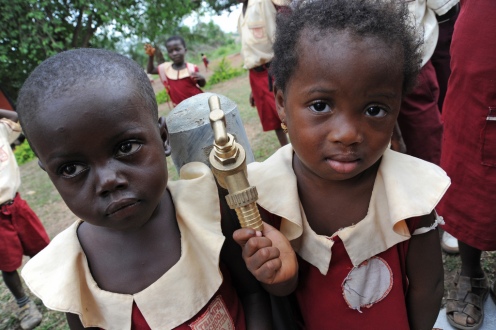
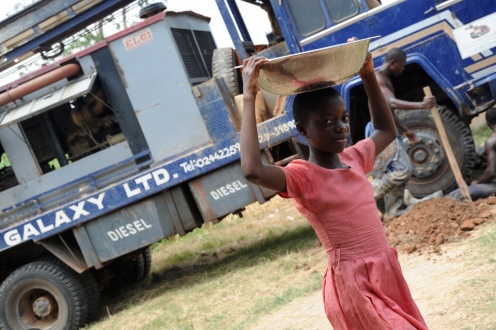
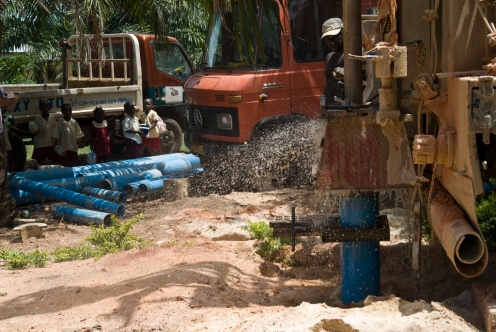
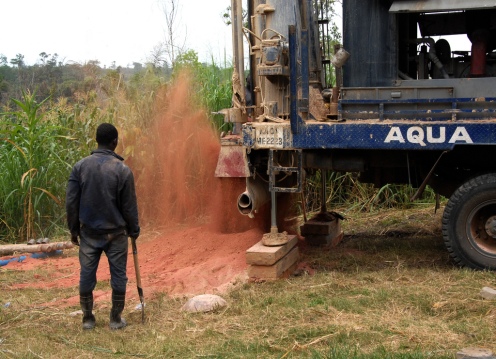
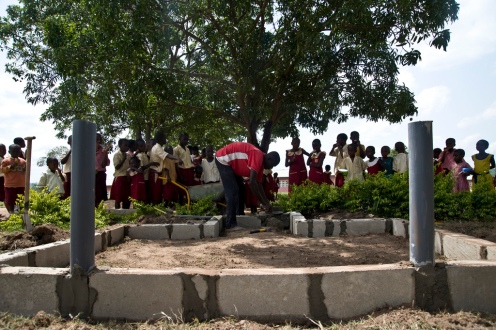
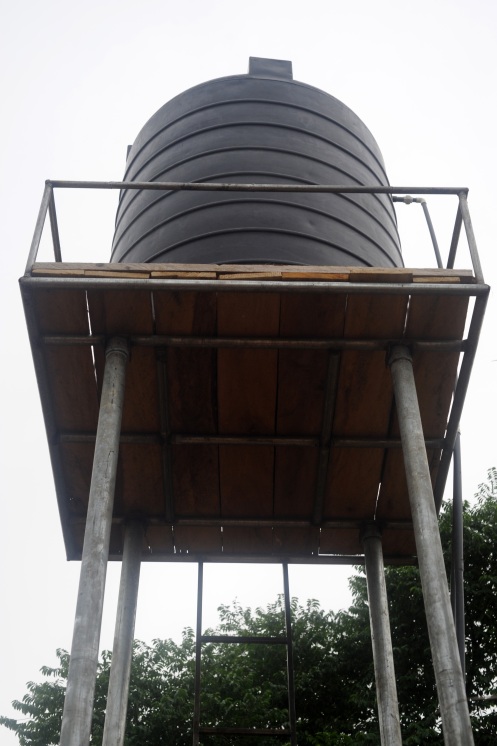
To view more photographs for this section, please visit: http://www.flickr.com/photos/n_borowick/sets/72157621026801043/
Posted in Uncategorized
